Complex Regional Pain Syndrome
Complex Regional Pain Syndrome
Complex regional pain syndrome (CRPS), also known as reflex sympathetic dystrophy (RSD), describes an array of painful conditions that are characterized by a continuing (spontaneous and/or evoked) regional pain that is seemingly disproportionate in time or degree to the usual course of any known trauma or other lesion. Usually starting in a limb, it manifests as extreme pain, swelling, limited range of motion, and changes to the skin and bones. It may initially affect one limb and then spread throughout the body; Large percentage of affected people report symptoms throughout their whole bodies.
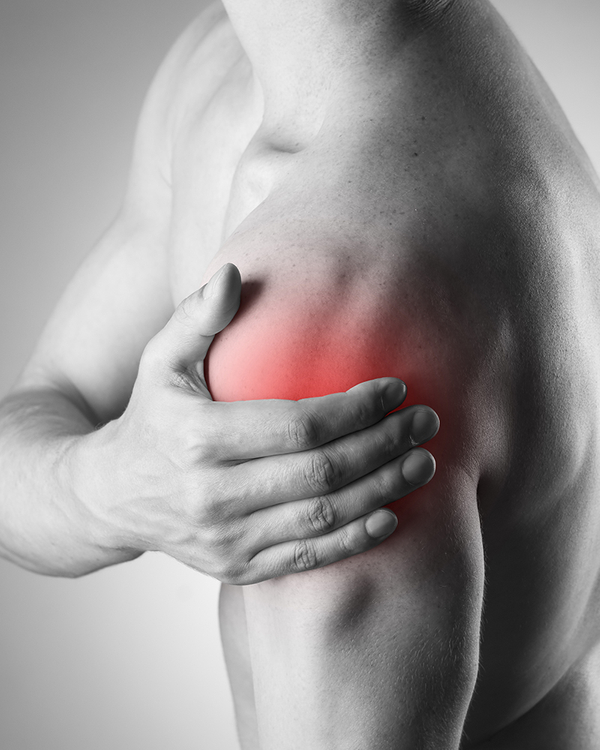
Signs & Symptoms
Clinical features of CRPS have been found to be inflammation resulting from the release of certain proinflammatory chemical signals from the nerves, sensitized nerve receptors that send pain signals to the brain, dysfunction of the local blood vessels' ability to constrict and dilate appropriately, and maladaptive neuroplasticity.
The signs and symptoms of CRPS usually manifest near the injury site. The most common symptoms are extreme pain, including burning, stabbing, grinding, and throbbing. The pain is out of proportion to the severity of the initial injury. Moving or touching the limb is often intolerable. With diagnosis of either CRPS types I or II, patients may develop burning pain and allodynia (pain to non-painful stimuli). Both syndromes are also characterized by autonomic dysfunction, which presents with localized temperature changes, cyanosis, and/or edema.
The patient may also experience localized swelling; extreme sensitivity to nonpainful stimuli such as wind, water, noise, and vibrations; extreme sensitivity to touch, most often light touch, but not steady pressure; abnormally increased sweating (or absent sweating); changes in skin temperature (alternating between sweaty and cold); changes in skin coloring (from white and mottled to bright red or reddish-violet); changes in skin texture (waxy, shiny, thin, tight skin); softening and thinning of bones; joint tenderness or stiffness; changes in nails and hair (delayed or increased growth, brittle nails/hair that easily break); muscle spasms; muscle loss (atrophy); tremors; dystonia; allodynia; hyperalgesia; and decreased/restricted ability and painful movement of affected body part.
The symptoms of CRPS vary in severity and duration and maybe very severe. Since CRPS is a systemic problem, potentially any organ can be affected. Symptoms may change over time, and they can vary from person to person. Symptoms can even change numerous times in a single day
Cause
Complex regional pain syndrome is uncommon, and its cause is not clearly understood. CRPS typically develops after an injury, surgery, heart attack, or stroke. 7% of people who have CRPS in one limb later develop it in another limb.
Complex Regional Pain Syndrome occurs in two types, both having similar signs and symptoms, but different causes. The main difference between the two is the type of event that incited the symptoms, rather than the clinical implications themselves.
Type 1
This can also be referred to as reflex sympathetic dystrophy (RSD), which occurs likely after an illness or injury which at the time did not directly cause damage to the nerves affected in the pained limb.
Type 2
Once referred to as causalgia, has symptoms similar to those affecting individuals with type 1. But, type 2 Complex regional pain syndrome occurs after a distinct and documented nerve injury.
Currently, it is not well understood why these types of injuries or procedures can trigger CRPS. Not everyone who experiences one of these events will go on to develop CRPS. It is thought that this might occur due to a dysfunction within the interactions between your central and peripheral nervous systems and inappropriate inflammatory responses.
Pathophysiology
Inflammation and alteration of pain perception in the central nervous system are proposed to play important roles. The persistent pain and the perception of nonpainful stimuli as painful are thought to be caused by inflammatory molecules and neuropeptides released from peripheral nerves. This release may be caused by short circuiting between sensory and motor nerve fibers at the affected site. CRPS is not a psychological illness, yet pain can cause psychological problems, such as anxiety and depression. Functional impairment is common.
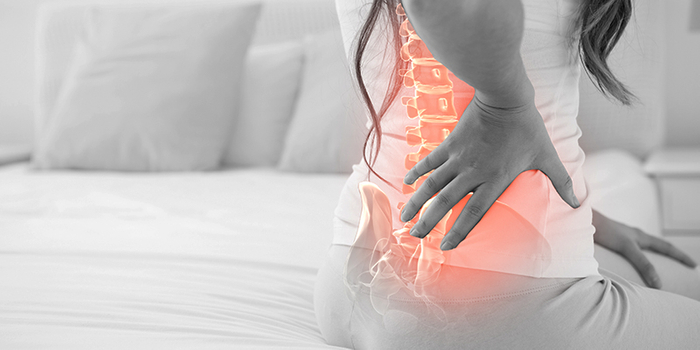
Complex regional pain syndrome is a multifactorial disorder with clinical features of neurogenic inflammation (swelling in the central nervous system), extreme sensitization resulting in allodynia, vasomotor dysfunction (blood flow problems that cause swelling and discoloration) and neuroplasticity (where the brain changes and adapts with constant pain signals); CRPS is the result of an "aberrant [inappropriate] response to tissue injury". In contrast to previous thoughts reflected in the name RSD, it appears that there is reduced sympathetic nervous system outflow, at least in the affected region. Wind-up (the increased sensation of pain with time) and central nervous system (CNS) sensitization are key neurologic processes that appear to be involved in the induction and maintenance of CRPS.
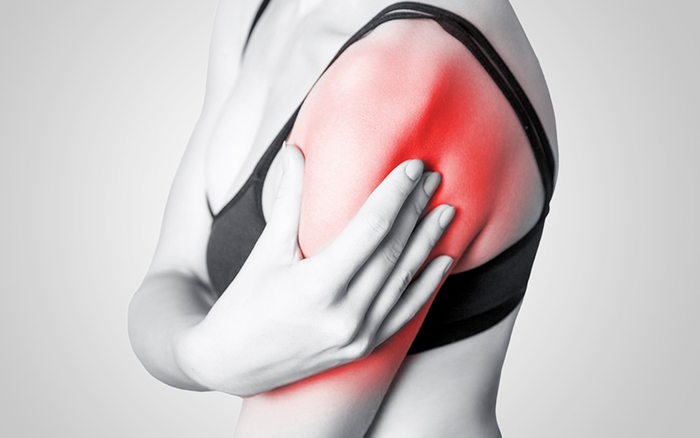
Compelling evidence shows that the N-methyl-D-aspartate (NMDA) receptor has significant involvement in the CNS sensitization process. It is also hypothesized that elevated CNS glutamate levels promote wind-up and CNS sensitization There are many factors implicated in the pathophysiology of CRPS. In addition, autoantibodies are present in a wide number of CRPS patients and IgG has been recognized as one of the causes of hypersensitivity that stimulates A and C nociceptors, attributing to the inflammation.
Reduced bone density is seen in CRPS but the cause is not known but various explanations have been proposed.
In summary, the pathophysiology of complex regional pain syndrome has not yet been defined; CRPS, with its variable manifestations, could be the result of multiple pathophysiological processes.
Diagnosis
Diagnosis is primarily based on clinical findings. The original diagnostic criteria for CRPS adopted by the International Association for the Study of Pain (IASP) in 1994 have now been superseded in both clinical practice and research by the ‘‘Budapest Criteria” which were created in 2003 and have been found to be more sensitive and specific. The criteria require there to be pain as well as a history and clinical evidence of Sensory, Vasomotor, Sudomotor and Motor or Trophic changes. It is also stated that it is a diagnosis of exclusion.
To make a clinical diagnosis all four of the following criteria must be met:
1. Continuing pain, which is disproportionate to any inciting event
2. Must report at least one symptom in three of the four following categories
Sensory: Reports of hyperesthesia
Vasomotor: Reports of temperature asymmetry and/or skin color changes and/or skin color asymmetry
Sudomotor/Edema: Reports of edema and/or sweating changes and/or sweating asymmetry
Motor/Trophic: Reports of decreased range of motion and/or motor dysfunction (weakness, tremor, dystonia) and/or trophic changes (hair, nail, skin)
3. Must display at least one sign at time of evaluation in two or more of the following categories
Sensory: Evidence of hyperalgesia (to pinprick) and/or allodynia (to light touch and/or temperature sensation and/or deep somatic pressure and/or joint movement)
Vasomotor: Evidence of temperature asymmetry (>1 °C) and/or skin color changes and/or asymmetry
Sudomotor/Edema: Evidence of edema and/or sweating changes and/or sweating asymmetry
Motor/Trophic: Evidence of decreased range of motion and/or motor dysfunction (weakness, tremor, dystonia) and/or trophic changes (hair, nail, skin)
4. There is no other diagnosis that better explains the signs and symptoms
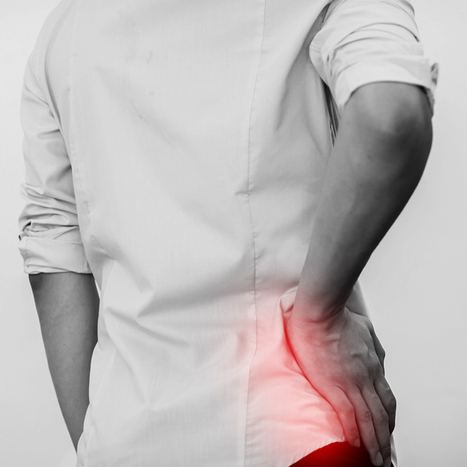
Investigations
There is not one investigation that will confirm the diagnosis of CRPS. Many have been proposed, including thermography, EMG, three phase bone scan. But none are diagnostic for CRPS.
Since there is no single test for complex regional pain syndrome, a professional is likely to diagnose a patient by simply ruling out conditions with similar symptoms. Some tests they may run to rule out other conditions include:
Blood tests to dismiss an underlying infection or severe arthritis
MRI scan to rule out underlying issues with your bones or tissue
X-ray to rule out any problems with joints and bones that might be the cause of pain
Nerve conduction studies to rule out potentially damaged nerves
Physical examinations are often used as well to check for physical signs of CRPS, such as the typical swelling and changes to your skin’s appearance and temperature. If no other possible causes are found to rule out any other conditions, a diagnosis of CRPS can be made.
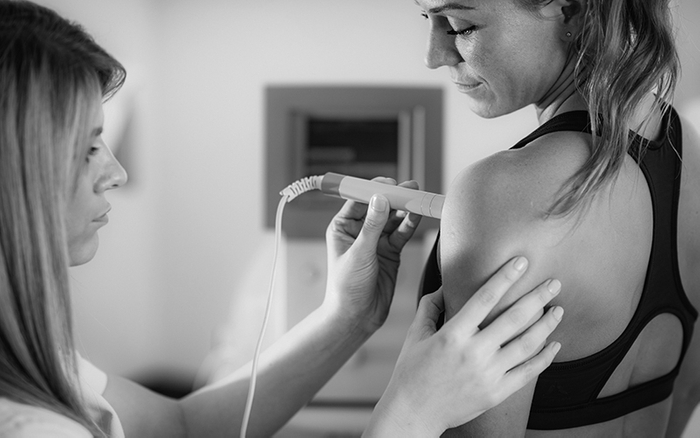
Management
The primary goals of care are pain control and maintenance of function. Towards this end it is important to be aware of the condition, do a careful examination and initiate early treatment.
Various medications have been used with mixed results. Use of Low dose naltrexone(LDN) has been very successful. Physical therapy is essential and multiple modalities can be tried. Interventional pain procedures include a series of sympathetic plexus blocks done early in the disease process that may be more effective. More invasive procedures include spinal cord stimulation. More recently the use of DRG stimulation in isolated pain syndromes may be helpful. Finally the US intrathecal pumps may be an option.
What To Do
If you believe you or someone you may know might be dealing with Complex regional pain syndrome, we suggest getting looked at by a professional. They will be able to help diagnose and narrow down specific attributes that are associated with the pain. If you do happen to be diagnosed, pain management should be your next priority, as we understand how difficult living day to day can be with such a chronic condition. Center for pain management is here to help, as we offer numerous methods of pain relief that can assist on your journey towards living a comfortable life. Take a look at our website and let us help you today.
